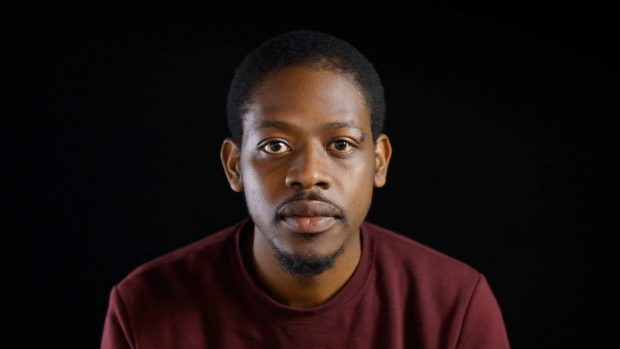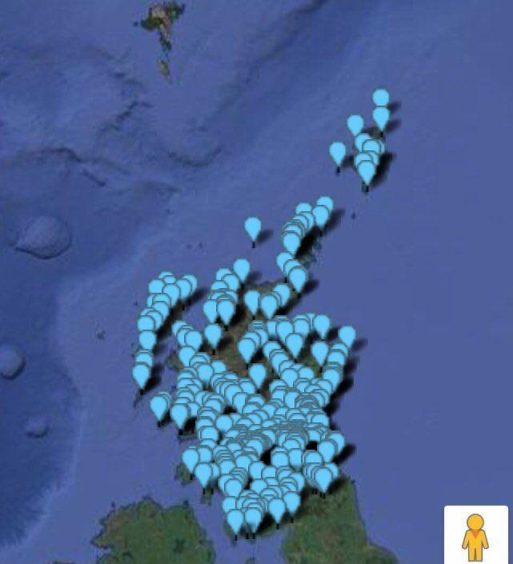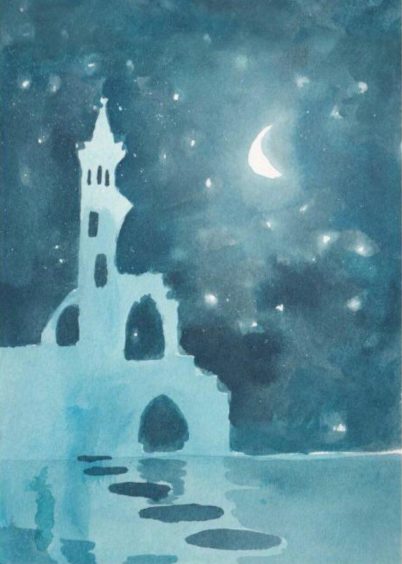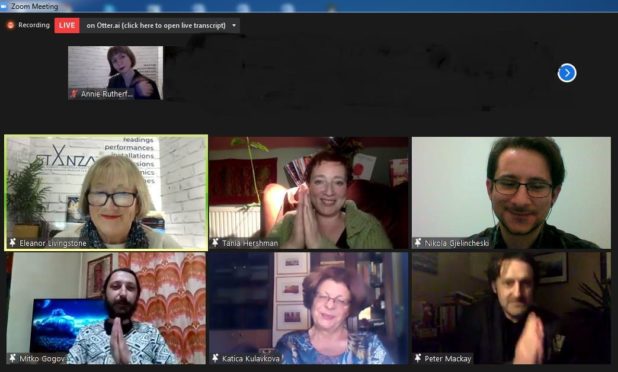StAnza has long lived up to its reputation as ‘Scotland’s International Poetry Festival’, but never has this felt more accurate than in 2021.
Following a successful online programme earlier this month, StAnza, the St Andrews-based annual poetry festival, opened up its long-running Poetry Map to contributions from outside Scotland for the first time since the project’s conception.
Festival director Eleanor Livingstone explains that the aim of the original Poetry Map, an open-call project which pins poems to the locations they are written about, was to answer the question: “If we got enough pins across Scotland, would the poems show the shape of Scotland without there having to be a map underneath?”
Although the Poetry Map has been up and running since 2013, it has seen a boom in activity over the past year. Eleanor credits a lot of this to lockdown.
She says: “During the first lockdown, we thought this was a nice project to offer people. At a time they couldn’t go anywhere, it provided a chance to explore or share poems about their favourite parts of Scotland, so we did a lot more work on it then.
“A lot of poems started to come in, so as part of our planning for this year’s festival, we thought we’d expand it to be much wider – the UK and, eventually, overseas.”
Putting Scotland’s poetry on the map
The team’s work paid off, with the submissions rocketing to produce around 400 poetic ‘pins’. But reaching for that international input while keeping on top of the rising number of Scottish submissions became a balancing act.
“The project has been a victim of its own success, in that the more we post poems, the more people see them and want to send in poems. It’s been great!” says Eleanor.
“After the festival (which ran from March 6-14) we said we would be willing to post poems located in one of the countries in which poets taking part in the festival were based.”
It is so nice to make that connection from Scotland to the rest of the world.”
This closed-window call for international submissions ends today, March 31st, but has already yielded poems from neighbouring Ireland, and as far away as San Francisco.
Eleanor is hopeful that the map will be populated with more pins, near and far, in the future. “The long-term plan is still to expand it, and to include poems from any place that we can pin on the map,” she says.
Does she think the project’s world map will be coated with pins as Scotland is now? She laughs: “We would need billions of poems to be able to achieve that with the whole world, which I think would be a task for future generations!
“But it is so nice to make that connection from Scotland to the rest of the world, and that has been a wonderful thing about the opportunities we’ve had during this past year.”
Keeping true colours of Auld Grey Toun
The StAnza team have certainly made the most of the year’s opportunities, as the annual festival went fully digital for the first time this month. (Last year’s events concluded just two weeks before the UK national lockdown.)
Eleanor believes that for poets, “constraints do make you try harder” and this attitude can be seen in her approach to the 2021 online festival, too.
“We tried very hard to keep the sense of St Andrews in the online festival,” she says. “From gimmicky things like naming the Zoom breakout rooms after cafes in town, to our two poetry walks which we had – one at Tentsmuir, and one on the Fife Coastal Path from the town towards Tenstmuir.”
Zooming to creative spaces
But equally, the online format brought about untapped opportunities for accessibility. Eleanor explains: “There were advantages we could foresee, like how people could join you from any place.
“Also, we were able to caption all the pre-recorded events and put captions on the live Zoom events as well… it was an opportunity to make it not just a few events, but the whole festival, accessible in a different way.”
She goes on: “But what’s been really interesting is some advantages I didn’t foresee. For example, because we were pre-recording, we were bringing poets together before the festival, and then bringing them back together at the festival for the live parts. A lot of them mentioned how they felt they’d built up a lot more creative relationships because of that.”
Writers Kate Tough and Lisa Kelly have been particularly motivated by the opportunity for longer collaboration. Eleanor explains: “Lisa is deaf, so she was – as we all were – fascinated by the caption options on Zoom. Zoom did not understand poetry, so the captions were quite bizarre.
“And so Kate, who does work with found poetry, took away the text and created a found poem based on the (Zoom) reading of Lisa’s ‘darning’ poem. For example, instead of picking up the word ‘darning’, it starts ‘darling’. So they found this really stimulating and they’ve been sharing poems ever since.”
How ridiculous it is, that we all draw these lines on our maps, when we can all be together in cyberspace without the need for any of them.”
Eleanor doesn’t deny that in online festivals, audiences lose something of the location’s specificity. “I think your brain and senses react to being in an interesting space while you’re experiencing something,” she says.
Map-minding: A new way of thinking
However, from the preservation of the Scottish submissions on their Poetry Map as it opens up to other nations, to the efforts to recreate the feeling and landscape of St Andrews in their online festival, it’s clear that the StAnza team are a leading authority on bringing a local gem to a international poetry community.
She adds: “I hope that if people get used to this idea of online having no borders, then that might have a beneficial impact on how people think – because in some ways, how ridiculous it is, that we all draw these lines on our maps, when we can all be together in cyberspace without the need for any of them.”



